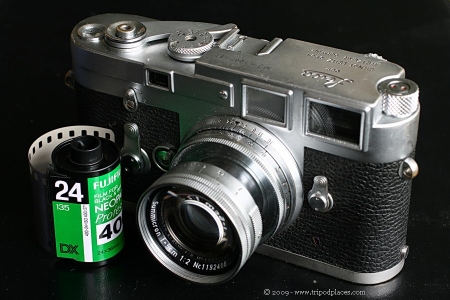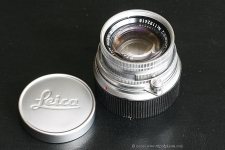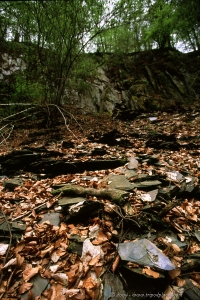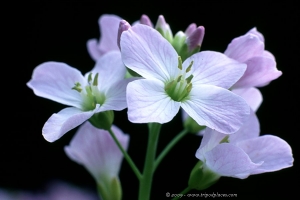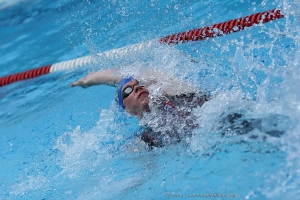The final item1 needed for the Leica Lessons project is a film, a black and white film to be exact.
I wanted to use a 400 ASA film, which I’ve found is a nice all-round speed. I also wanted to use a `real’ B&W film, as opposed to a chromogenic film. In this speed, 5 types are well available to me: Kodak T-Max, Kodak Tri-X, Ilford Delta, Ilford HP5 and Fuji Neopan.
As I have absolutely no experience with B&W film, I decided to to a comparison. My demands for the final film:
- Good detail
- Not too grainy
- Capable of being pushed to 1600 ASA2
For the comparison, I got two rolls of each, and shot a collection of scenes on each of them. One roll at 400 ASA, the other at 1600. I also bracketed each scene at +1 and -1 stop.
I’ll post the resulting pictures here in the near future, but the short of the story is: I didn’t see enough difference to base a valid choice on.
Since I didn’t have any real preference, a final deciding factor came into play: price. Thanks to the wonderful website Fujilab.co.uk, I can get all Fuji films in bulk, and at less than half the price I pay for other brands through normal retailers. As I have good experience with Fuji for my other films and didn’t dislike Neopan in the test shots I decided to just take the easy way out, and use Neopan 400 for my `one film’.
With that, the set is complete: Leica M3, 50mm Summicron collapsible and Fuji Neopan 400, my choice of photographic equipment for the upcoming year.
